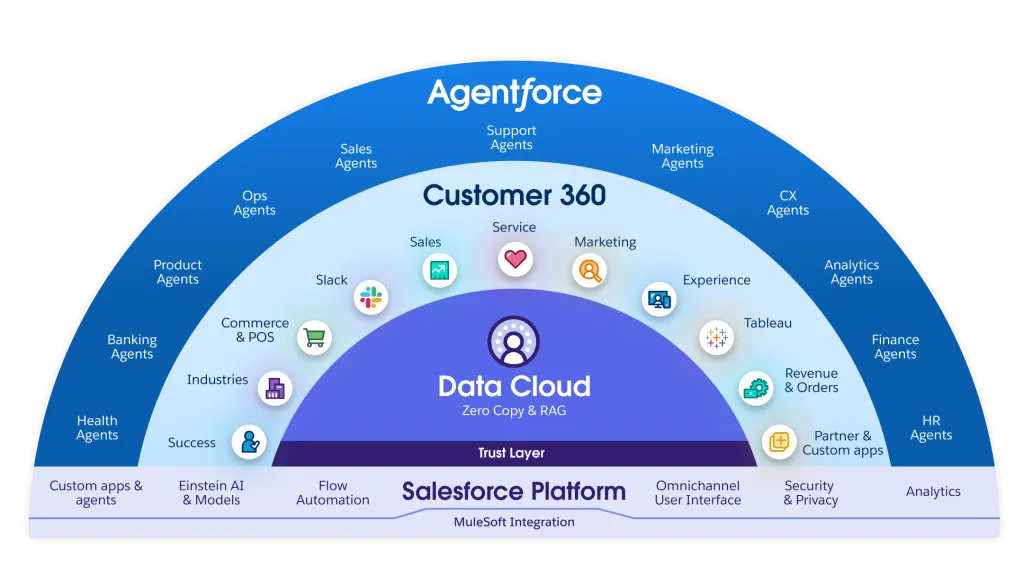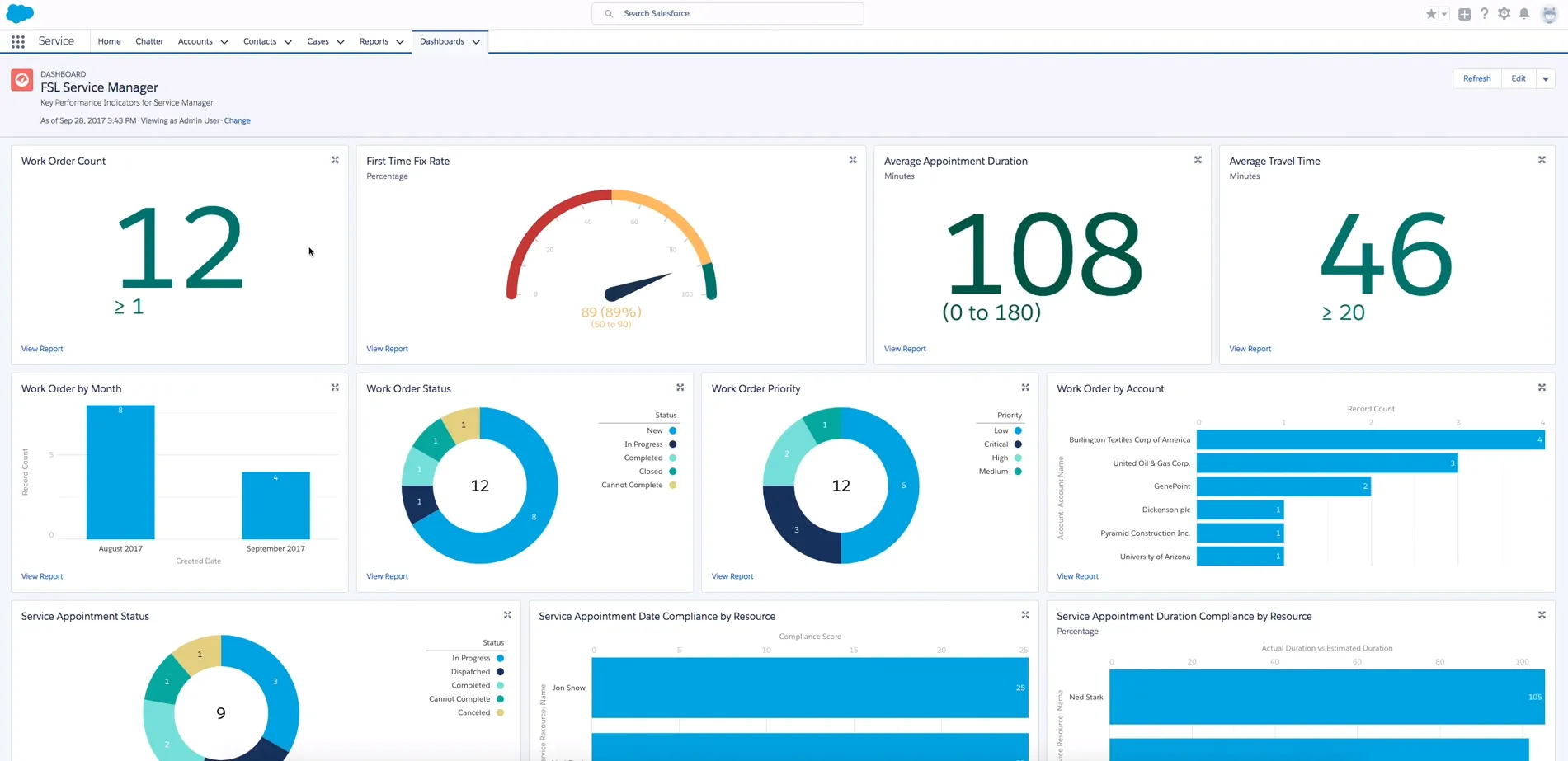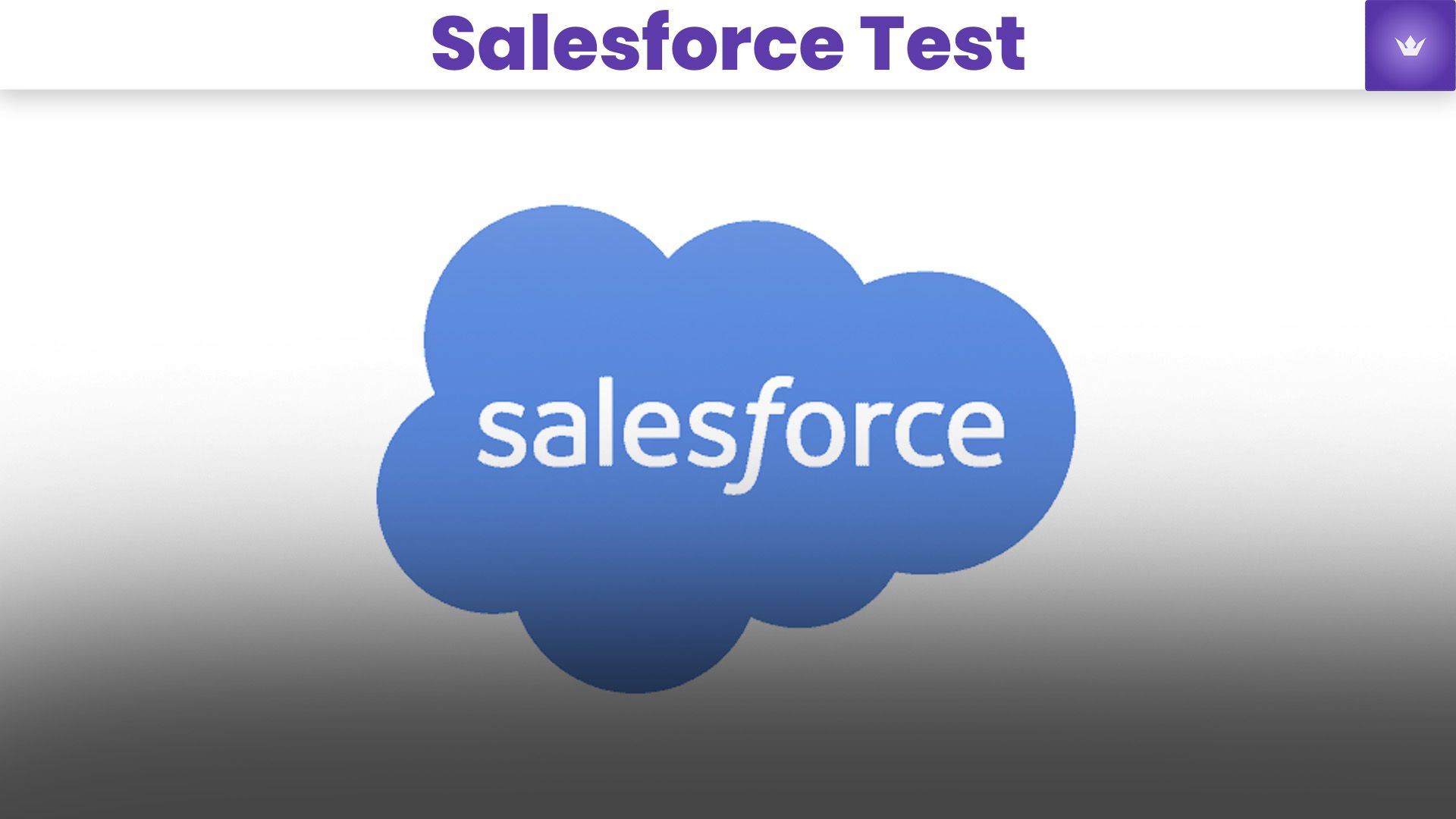Table of Contents
- Understanding the Importance of Salesforce Testing
- Types of Salesforce Tests
- Best Practices for Salesforce Testing
- Salesforce Testing Tools and Frameworks
- Overcoming Common Salesforce Testing Challenges
- Future Trends in Salesforce Testing

Understanding the Importance of Salesforce Testing
In 2025, Salesforce continues to dominate the CRM market, with organizations increasingly relying on this powerful platform to drive their business processes. As Salesforce implementations become more complex and customized, the need for robust testing strategies has never been more critical.
Salesforce testing is the process of verifying that your Salesforce instance works as intended, ensuring that customizations, integrations, and configurations perform correctly and meet business requirements. Proper testing is essential for maintaining data integrity, user adoption, and overall system reliability.
Key Benefits of Salesforce Testing
- Quality Assurance: Ensures that your Salesforce org functions correctly and meets business needs.
- Risk Mitigation: Identifies and addresses potential issues before they impact your users or business operations.
- Performance Optimization: Helps identify and resolve performance bottlenecks, ensuring a smooth user experience.
- Compliance: Verifies that your Salesforce implementation adheres to regulatory requirements and industry standards. Info-key: According to a 2025 Salesforce Industry Report, organizations that implement comprehensive testing strategies experience 35% fewer critical issues post-deployment and achieve 28% higher user adoption rates.
Types of Salesforce Tests
To ensure a comprehensive testing approach, it's essential to understand and implement various types of Salesforce tests. Here are the primary test categories you should consider:
1. Unit Testing
Unit testing focuses on verifying individual components of your Salesforce implementation, such as Apex classes and triggers. These tests are typically written by developers and run automatically as part of the deployment process.
2. Integration Testing
Integration testing ensures that different components of your Salesforce org work together seamlessly. This includes testing integrations with external systems, as well as interactions between custom objects, workflows, and processes within Salesforce.
3. Functional Testing
Functional testing verifies that your Salesforce org meets the specified business requirements. This involves testing user stories, business processes, and scenarios to ensure that the system behaves as expected from an end-user perspective.
4. User Acceptance Testing (UAT)
UAT involves having actual end-users test the system to ensure it meets their needs and expectations. This phase is crucial for identifying any usability issues or missed requirements before go-live.
5. Performance Testing
Performance testing evaluates how your Salesforce org performs under various conditions, including high user loads, large data volumes, and complex queries. This helps identify and address potential bottlenecks before they impact your users.
6. Security Testing
Security testing focuses on identifying vulnerabilities in your Salesforce implementation, ensuring that data is protected and access controls are properly implemented.
Best Practices for Salesforce Testing
To maximize the effectiveness of your Salesforce testing efforts, consider adopting these best practices:
-
Start Testing Early: Incorporate testing into your development process from the beginning, rather than treating it as an afterthought.
-
Automate Where Possible: Leverage automation tools to increase test coverage and efficiency, especially for repetitive tasks.
-
Maintain a Comprehensive Test Plan: Document your testing strategy, including test cases, scenarios, and expected outcomes.
-
Use Realistic Test Data: Ensure your test environments closely mirror production data to uncover potential issues.
-
Implement Continuous Integration/Continuous Deployment (CI/CD): Integrate testing into your CI/CD pipeline to catch issues early and streamline deployments.
-
Regularly Review and Update Test Cases: As your Salesforce org evolves, make sure your test cases remain relevant and comprehensive.
-
Prioritize Test Cases: Focus on critical business processes and high-risk areas when time or resources are limited.
-
Collaborate Across Teams: Encourage communication between developers, testers, and business users to ensure all perspectives are considered.

Salesforce Testing Tools and Frameworks
In 2025, a wide array of tools and frameworks are available to support Salesforce testing efforts. Here's a comparison of some popular options:
| Tool/Framework | Type | Key Features | Best For |
|---|---|---|---|
| Apex Test Class | Native | Built-in unit testing for Apex code | Developers |
| Salesforce DX | Native | Scratch orgs, source-driven development | DevOps teams |
| Selenium | Open-source | Web application testing, cross-browser support | UI/UX testing |
| Provar | Commercial | Codeless testing, Salesforce-specific features | Business analysts |
| Copado Robotic Testing | Commercial | AI-powered test automation, low-code | Enterprise orgs |
For a deeper dive into Salesforce testing tools, check out this comprehensive guide on Trailhead.
Overcoming Common Salesforce Testing Challenges
While Salesforce testing is crucial, it's not without its challenges. Here are some common obstacles and strategies to overcome them:
- Complex Org Configurations:
- Solution: Use sandbox environments and data masking techniques to create realistic test scenarios without compromising sensitive data.
- Frequent Salesforce Updates:
- Solution: Implement regression testing after each Salesforce release and stay informed about upcoming changes through release notes.
- Integration Complexities:
- Solution: Utilize mock services and API simulation tools to test integrations without depending on external systems.
- Limited Resources:
- Solution: Prioritize test cases based on risk and business impact, and leverage automation to maximize efficiency.
- Data Management:
- Solution: Implement robust data management strategies, including data generation tools and version-controlled test datasets.
Future Trends in Salesforce Testing
As we look ahead in 2025, several emerging trends are shaping the future of Salesforce testing:
-
AI-Powered Testing: Machine learning algorithms are increasingly being used to generate test cases, predict potential issues, and optimize test coverage.
-
Shift-Left Testing: Testing is moving earlier in the development cycle, with developers taking on more testing responsibilities and using tools like Salesforce DX for continuous integration.
-
Low-Code/No-Code Testing: The rise of low-code platforms is extending to testing, allowing non-technical users to create and maintain test cases.
-
Cloud-Native Testing: As Salesforce continues to embrace cloud technologies, testing tools and practices are evolving to support cloud-native architectures and microservices.
-
Increased Focus on Non-Functional Testing: With growing concerns about data privacy and system performance, there's a greater emphasis on security, performance, and accessibility testing.
To stay ahead of these trends, consider exploring resources like the Salesforce Architects community, which often discusses cutting-edge testing strategies and technologies.
Conclusion
Mastering Salesforce testing in 2025 requires a comprehensive approach that combines best practices, the right tools, and an understanding of emerging trends. By implementing a robust testing strategy, organizations can ensure their Salesforce implementations are reliable, performant, and aligned with business needs.
Remember, effective testing is an ongoing process that evolves with your Salesforce org. Stay curious, keep learning, and don't hesitate to experiment with new testing approaches and technologies. Your efforts will pay off in the form of a more stable, efficient, and user-friendly Salesforce experience.
Ready to elevate your Salesforce testing game? Start by assessing your current testing practices and identifying areas for improvement. The journey to Salesforce testing excellence begins now!

FAQ
Q1: How often should we perform Salesforce testing?
A1: Salesforce testing should be an ongoing process. Perform unit tests and integration tests as part of your development cycle, conduct thorough testing before each major release, and run regression tests after Salesforce's seasonal updates. Additionally, schedule periodic full system tests, ideally quarterly, to ensure overall system health.
Q2: Can Salesforce testing be fully automated?
A2: While many aspects of Salesforce testing can be automated, including unit tests, integration tests, and some functional tests, fully automated testing is not typically achievable or desirable. Certain types of tests, such as user acceptance testing and exploratory testing, benefit from human insight and cannot be entirely automated.
Q3: What's the role of sandboxes in Salesforce testing?
A3: Sandboxes play a crucial role in Salesforce testing by providing isolated environments that mirror your production org. They allow you to test changes, run integrations, and perform user acceptance testing without risking your live data or processes. Different types of sandboxes (Developer, Developer Pro, Partial Copy, Full Copy) serve various testing needs.
Q4: How do we prioritize what to test in Salesforce?
A4: Prioritize testing based on risk and business impact. Focus on:
- Critical business processes
- Areas with recent changes or customizations
- Integrations with other systems
- High-volume or data-sensitive operations
- Features used by a large number of users
Use techniques like risk assessment matrices to help prioritize your testing efforts.
Q5: What skills should a Salesforce tester have in 2025?
A5: In 2025, a skilled Salesforce tester should possess:
- Strong understanding of Salesforce platform and its ecosystem
- Familiarity with Apex, SOQL, and Lightning Web Components
- Knowledge of testing methodologies and best practices
- Proficiency in test automation tools and frameworks
- Understanding of API testing and integration concepts
- Basic scripting skills (e.g., JavaScript, Python)
- Familiarity with Agile and DevOps practices
- Strong analytical and problem-solving skills
Continuous learning is key, as the Salesforce ecosystem and testing practices continue to evolve.
Q6: How can we measure the effectiveness of our Salesforce testing efforts?
A6: To measure the effectiveness of your Salesforce testing, consider these metrics:
- Test coverage percentage
- Number of defects found during testing vs. post-production
- Time spent on testing vs. time saved on bug fixes
- User satisfaction scores post-implementation
- System performance metrics before and after testing
- Reduction in support tickets related to tested features


